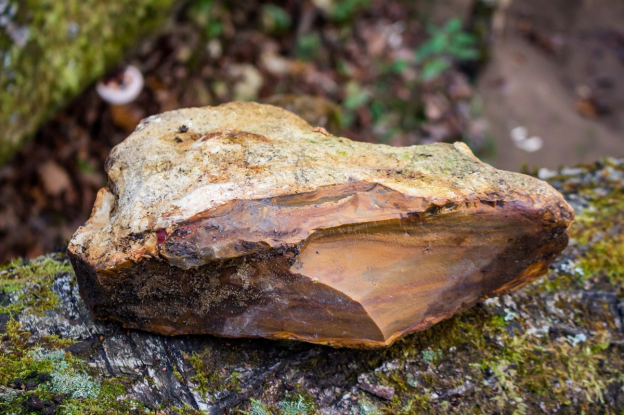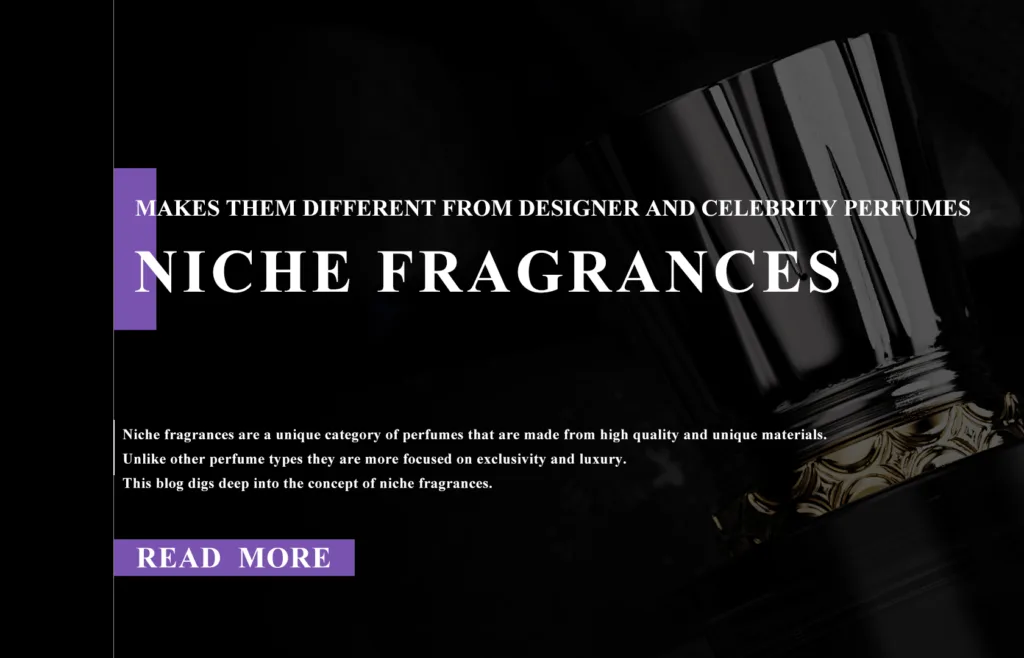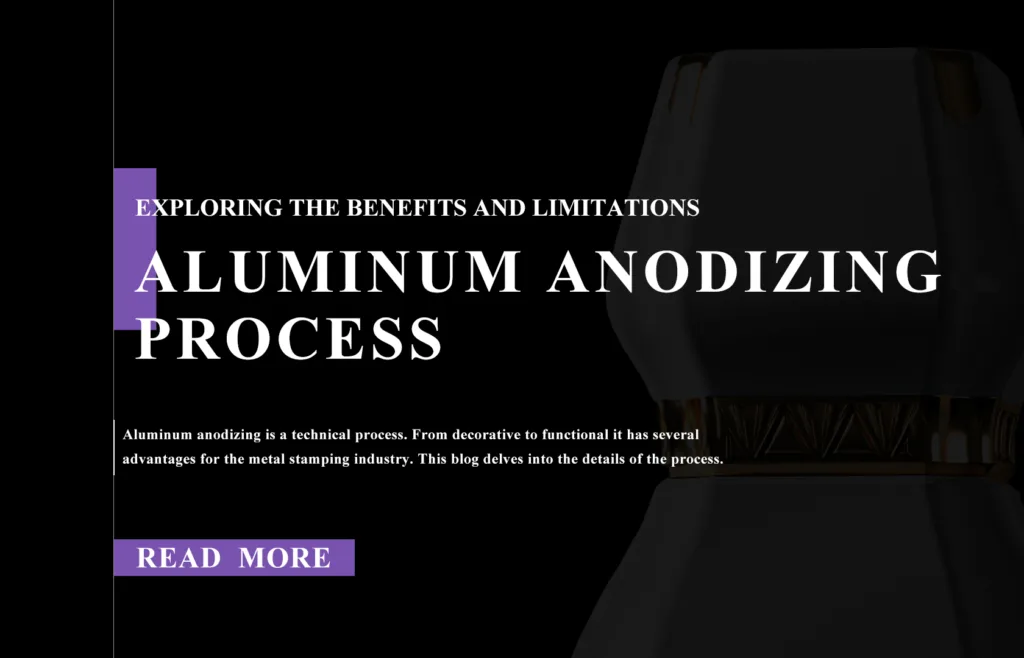Flint glass is a prominent member of the glass family. Everything about it, from its unique properties to manufacturing and application, is noteworthy. Although it shares most of its properties with normal glass, it stands out. What differentiates it is its clarity and transparency.
Flint glass is a highly desirable material in glass bottle manufacturing. But what makes it so?
This blog explains this glass’s origin and composition and its use in glass bottle manufacturing.
What is Flint Glass?
Flint glass, also known as optical glass, is characterized by brilliance, a high refractive index, and low dispersion. It is heavy and offers great clarity, and it contains lead oxide.
Flint is a type of rock. It contains nodules of silicon. The combination of silicon oxide with lead or potassium makes up flint glass. The glass derives its name from this rock.

Historical Perspective
The history of this glass goes back to 1675. David Ravenscroft is the person behind the invention of this glass. It was this glass that made England the leading glass producer in the world.
It also led to the foundation of a new style in the glass-making process. The invention of flint glass is very interesting. In the seventeenth century, glass was manufactured in furnaces by burning wood. In 1615, a law was formulated to prohibit wood from being used in furnaces.
Wood in furnaces was now replaced by coal. However, the smoke erupting from coal led to unclear glass manufacturing. David added a bit of lead to the glass to act as a flux. The addition of lead added more luster and brilliance to the glass. This is how this glass was invented.
Characteristics of Flint Glass
Refractive Index
Known for its brilliant clarity and luminosity, flint glass has a refractive index between 1.52 and 1.62 for light wavelengths of 480nm. This value of refractive index is extremely high, which is why this glass is preferred for use in lenses.
Color
Flint Glass is known for its brilliance. Therefore, it does not have any color. It is clear and brilliant in appearance, making it aesthetically pleasing. It is so transparent that it is often mistaken for a crustal.
Shaping and Molding
Flint glass is very convenient to shape and mold, making it even more suitable for use in the glass bottle manufacturing industry.
Density
When compared to other types of glass products, this glass has a high density. High density adds to the luxurious appeal of this glass. Both density and refractive index are directly proportional terms. Since flint glass has a high refractive index, it also has high density.
Manufacturing Process of Flint Glass Bottles
Traditionally, flint glass bottles were made using the old glass-blowing technique. However, this technique became extinct long ago. The modern process of flint glass bottle manufacturing is as follows:
Weighing and Mixing the Raw Materials
Several raw materials make up the composition of flint glass. The most important ones are silicon oxide, lead, potassium, etc. A batch of all the elements in calculated proportions is prepared. Weighing and mixing raw materials is the first step of this process.
Melting inside the Furnace
The second step is transporting raw materials into the furnace. Once transported to the stove’s hopper, the melting process starts. At a temperature of 1550 degrees Celsius, the raw materials become glass melt.
Designing through the mold
The next step is shaping the glass into glass bottles. For this, a bottle-shaping machine is used. The transportation from the furnace to the bottle-shaping machine is done through a feeder.
Annealing Process
After the shaping process is completed, the next step is annealing. This process is carried out in an annealing furnace. In the annealing furnace, the bottles are deprived of their internal stress. Annealing is essential to making the bottles more durable.
Finishing
The last step of flint glass bottle manufacturing is finishing. Of course, it means giving the bottles the final touches. Finishing enhances the appeal of the bottles through polishing, coating, and cutting. Adding brand labels is also part of the finishing process.

Use of Flint Glass in the Glass Bottle Manufacturing Industry
Branding
Luxury brands often use this glass for packaging purposes. Along with quality, it also portrays luxury. Brands can customize the designs and patterns on the glass, making it a highly desirable material for product packaging.
Many premium food and beverage brands use flint glass bottles to package their products.
Non-Reactive Qualities
Flint glass is non-reactive, making it ideal for storing medicines, food, and beverages. Glass bottle manufacturing companies also make flint glass perfume bottles for luxury brands.
This glass is chemically inert. It does not react with the constituents of the materials stored inside, helping maintain the chemical properties, taste, and smell of the medicines or food and beverages stored inside.
Aesthetically Pleasing
The brilliance and clarity of this glass resemble crystal. In fact, it is also known as crystal glass. It can be molded into various shapes and figures.
Using this glass in making bottles makes them look more attractive. The contents inside these glass bottles become more prominent, making them look more aesthetically pleasing.
Versatile Material
Flint glass is a versatile material. Its use is not just limited to glass bottle manufacturing. You can make many other stuffs such as storage shelves, decor items, crockery, etc.
The best part about it is that it is customizable. Even in the case of flint glass bottles, you can customize them to any shape or size you desire.
Sustainable
Flint glass is highly environmentally friendly. Its sustainability makes it desirable for the manufacturing of glass bottles and other materials. From being manufactured from raw materials to being recycled back into the environment, it forms a closed loop.
CONCLUSION
Apart from clarity and brilliance, flint glass’s durability is also undeniable. It mesmerizes consumers with its visual appeal. It is moldable into various shapes, and artistic touches can further enhance its beauty.
The fact that it is non-reactive intensifies its applications in glass bottle manufacturing. Its brilliance differentiates it from the usual type of glass.



